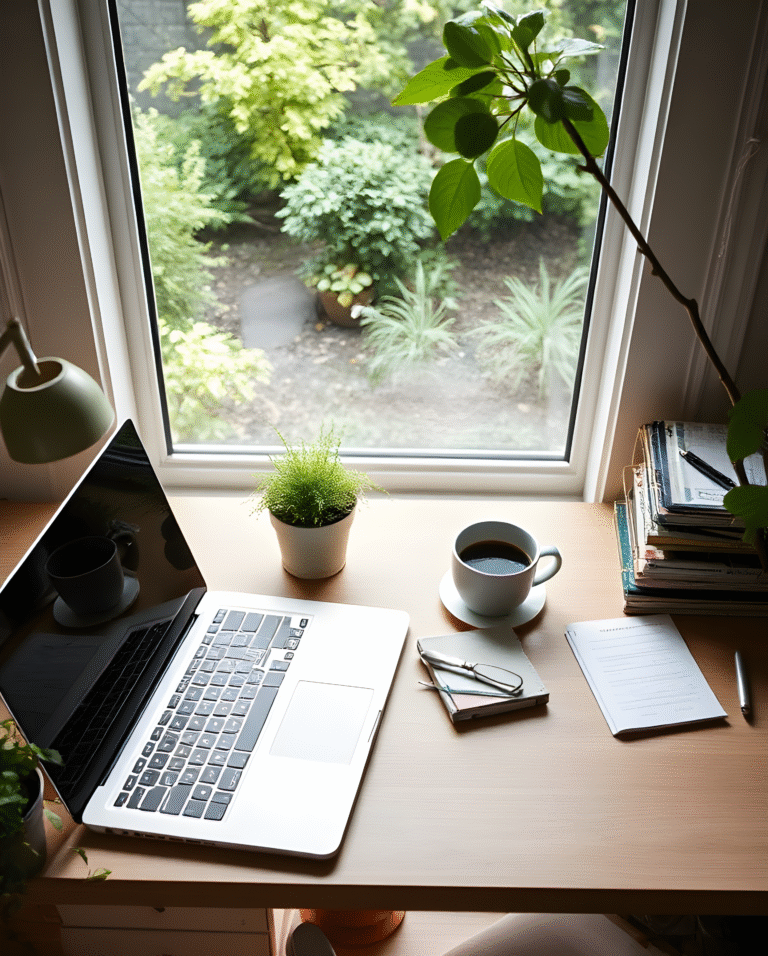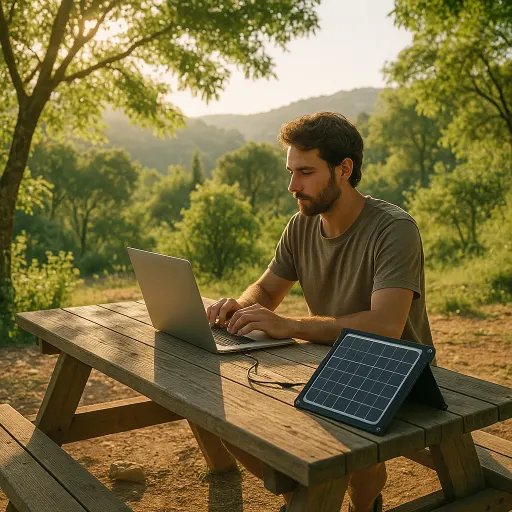Remote work is booming, but it’s not always eco-friendly. From disposable coffee pods to energy-hungry devices, on average, a home office generates hundreds of pounds of waste yearly.
The good news is that going zero waste is far more easier (and cheaper) than you think. In this guide, you will discover:
- Top rated and tested products for a sustainable workspace.
- Energy-saving tips to cut electricity bills.
- DIY solutions to repurpose what you already own
Let’s build a home office that is kind to our planet and to your productivity
Note: The product links below are affiliate-supported. Thanks for supporting ethical content.
Why a Zero Waste Home Office Matters
- On average, A remote worker in the United States uses 23 lbs of paper/year (EPA).
- Idle electronics drain about $19B in electricity/year in the U.S. alone.
- Most of the office gear (keyboards, chairs) ends up in landfills, where plastic can take approximately hundreds of years to decompose.
A zero waste office isn’t just eco-friendly, it can save money and boost your focus.
Step 1: Ditch Single-Use Plastics

1. Reusable Coffee Mugs
- KeepCup (BPA-free, glass/metal options)
- Why we picked it? It saves 300+ disposable cups/year.
- Alternatively: Stojo Collapsible Cup (portable for WFH nomads).
2. Bamboo or Stainless Steel Pens
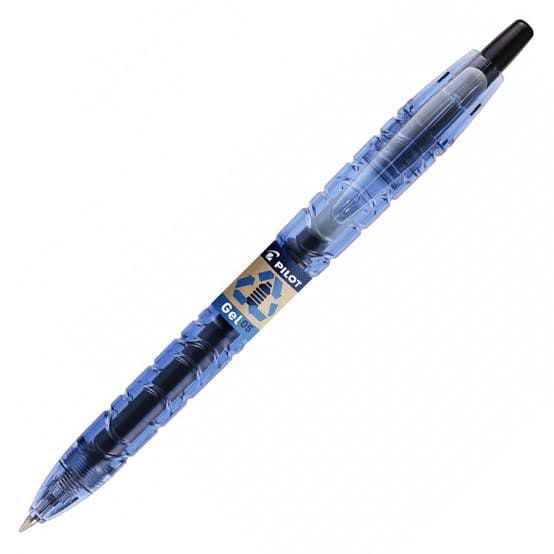
- Pilot Begreen Pen. Made of 85% recycled materials, this pen is a must buy for your zero waste setup.
- Pro Tip: Refill old ink cartridges instead of buying new pens.
3. Zero Waste Notebooks
- Rocketbook Core: Reusable + app-integrated
- Budget Buyers: Decomposition Books ( 100% post-consumer waste).
Also read: 6 Must-Have Eco-Friendly Tech tools for Remote Workers
Step 2: Energy-Efficient Tech Products
1. Solar-Powered Chargers
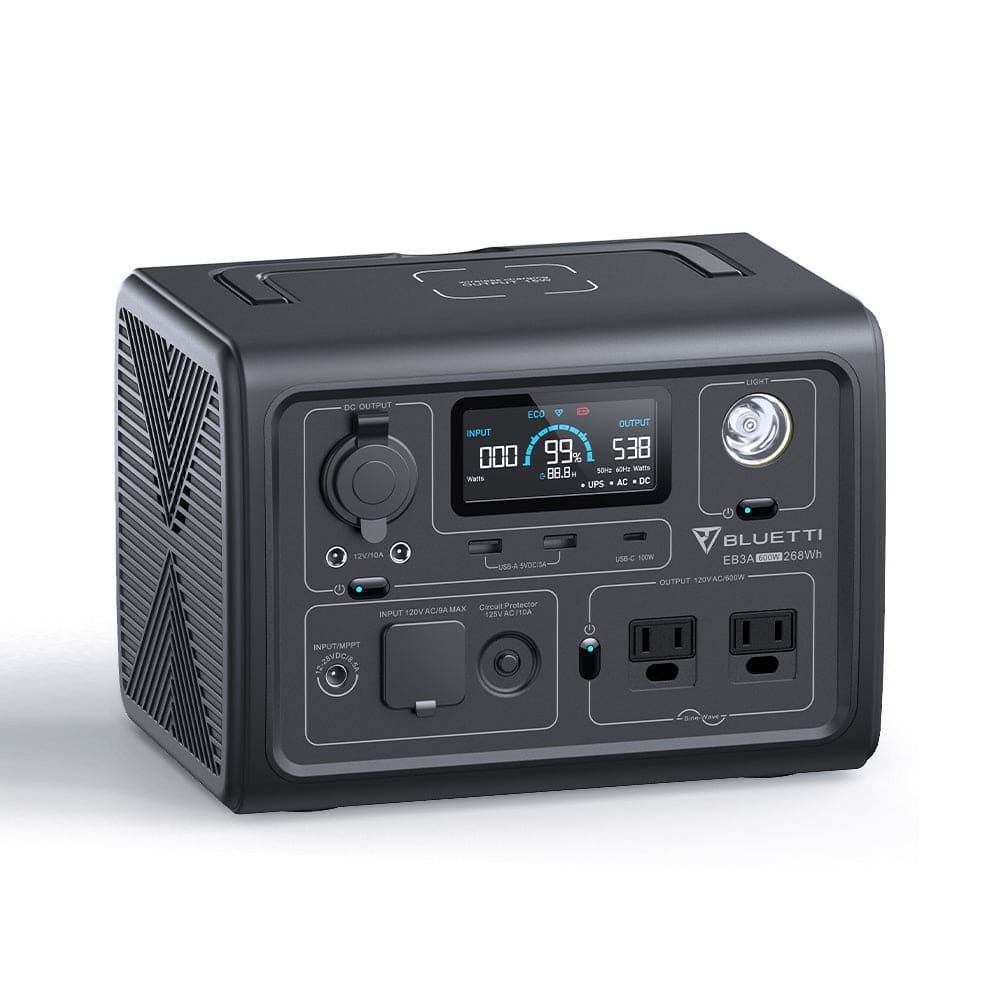
- Bluetti EB3A: (powers laptops for 6+ hours).
- Tested: Charges a MacBook Air 2.5x on a sunny day.
- For people on a budget: BigBlue 28W Solar Charger. Solar powered charger for all your daily use electronics.
2.Energy Monitoring Smart Plugs
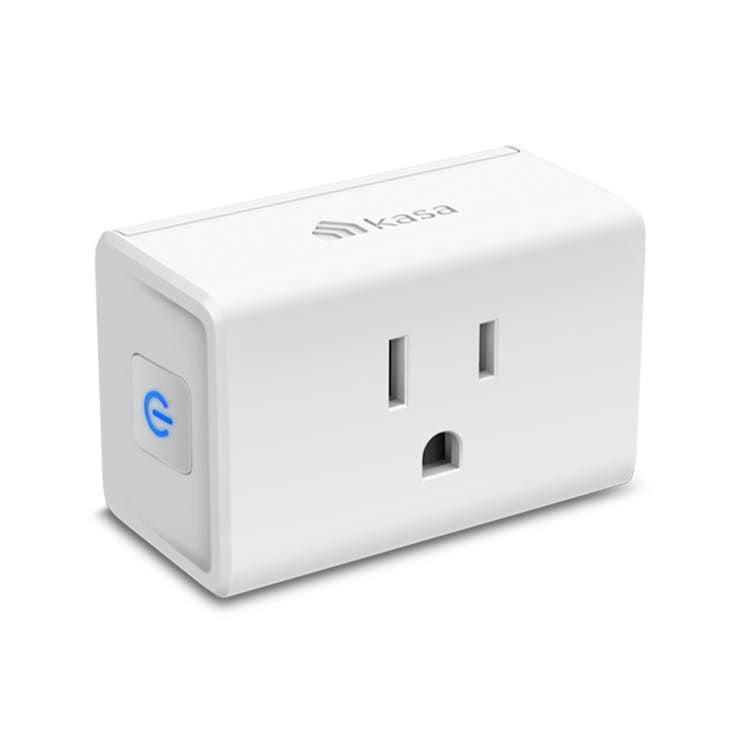
- Kasa Smart Plug: tracks real-time energy use.
- Savings: Cuts idle energy drain by upto 30% .
3. LED Desk Lights

- Philips Hue Go: solar-chargeable, 50K-hour lifespan.
Step 3: Sustainable Furniture
1. Bamboo Standing Desks
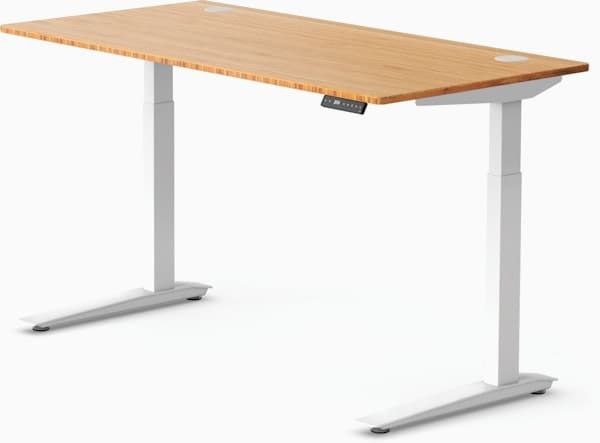
- Fully Jarvis Bamboo: (certified deforestation-free).
- Why Bamboo Made Desk? It grows 30x faster than oak and is very eco-friendly.
2. Recycled Office Chairs
Steelcase Gesture: (98% recyclable).
For budget buyers: Used Herman Miller Aeron Chair.
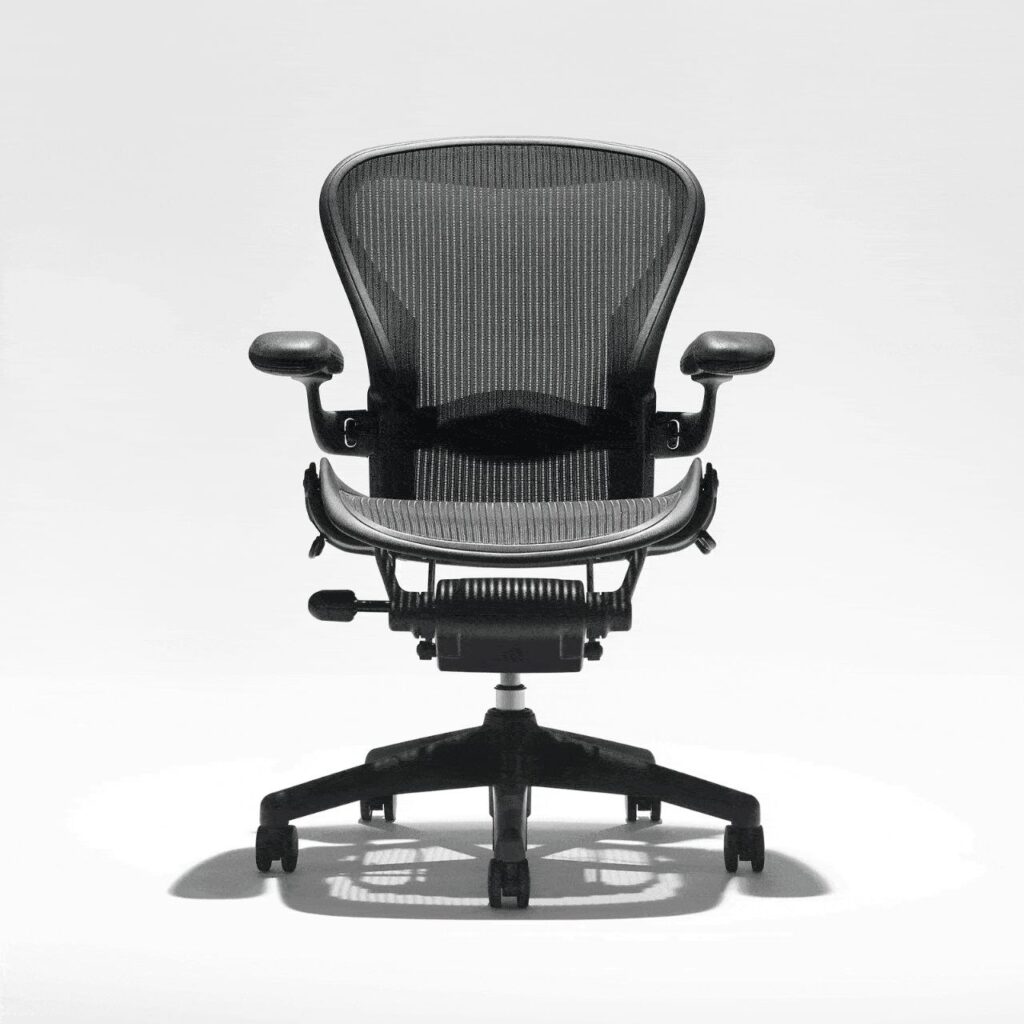
3. Cork Desk Mats
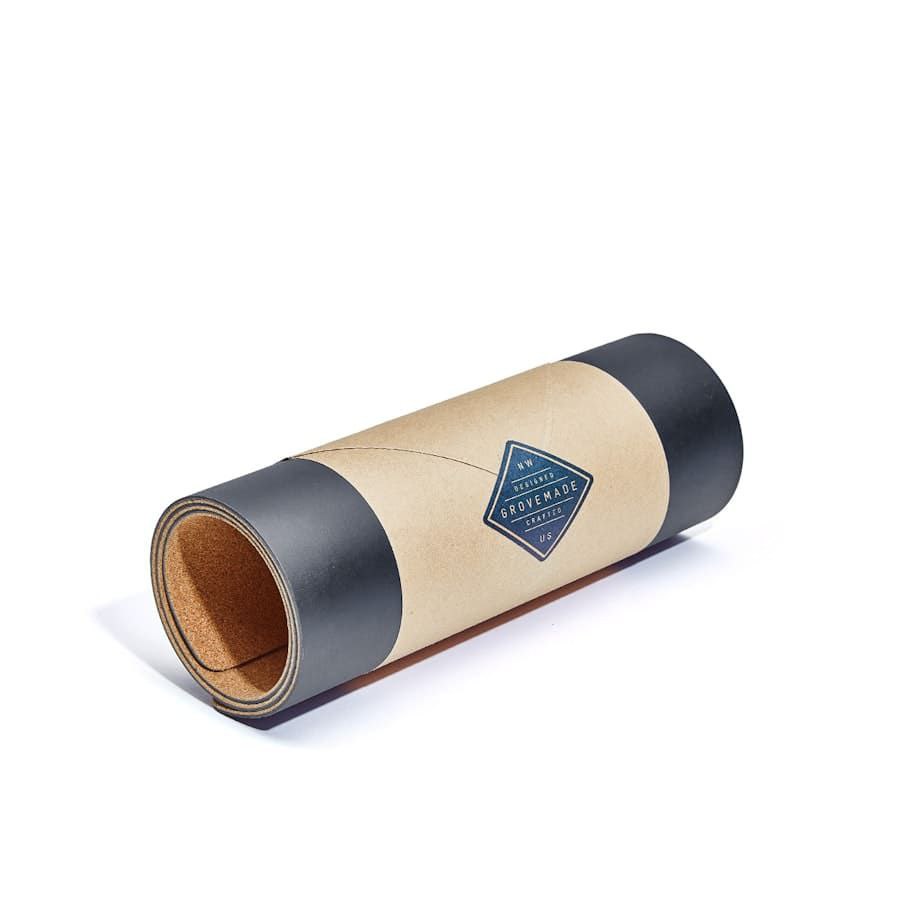
- Grovemade Cork Desk Pad. A desk mat which is both biodegradable and has antimicrobial properties.
Step 4: Reduce Paper Waste
1. Switch to Cloud Storage:
- Use Google Drive or Notion. We discussed in the previous article that Cloud Storage is not so environment friendly. Use it efficiently by removing old unused files.
- Recycled Printer Paper: Epson BrightWhite (100% recycled).
- Opt for e-Signatures: DocuSign (https://www.docusign.com/) or HelloSign (https://www.hellosign.com/).
Step 5: DIY Zero Waste Hacks
- Turn Jars into Organizers (mason jars for pens, clips).
- Repurpose Cardboard into cable organizers (cut slots for cords).
- Compost Food Scraps use a Bokashi Bin under your desk.
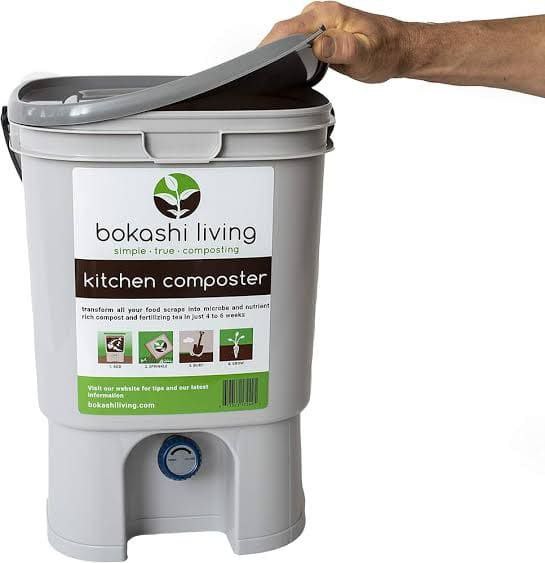
Common Mistakes to Avoid
Buying “Eco-Friendly” Products That are not certified: Look for certifications like FSC, Energy Star.
Ignoring Energy Bills: Use a kill-a-watt meter to track your energy usage.
Overcomplicating It: Start with basic gear and then incorporate the rest (e.g., coffee cup, smart plug, bamboo desk).
Final Thoughts
A Zero-Waste Home office is not just about aesthetics, it’s about care towards the environment. Start with one change this week (try the Kasa Smart Plug or Rocketbook), and start building your Zero Waste Home Office from there.

